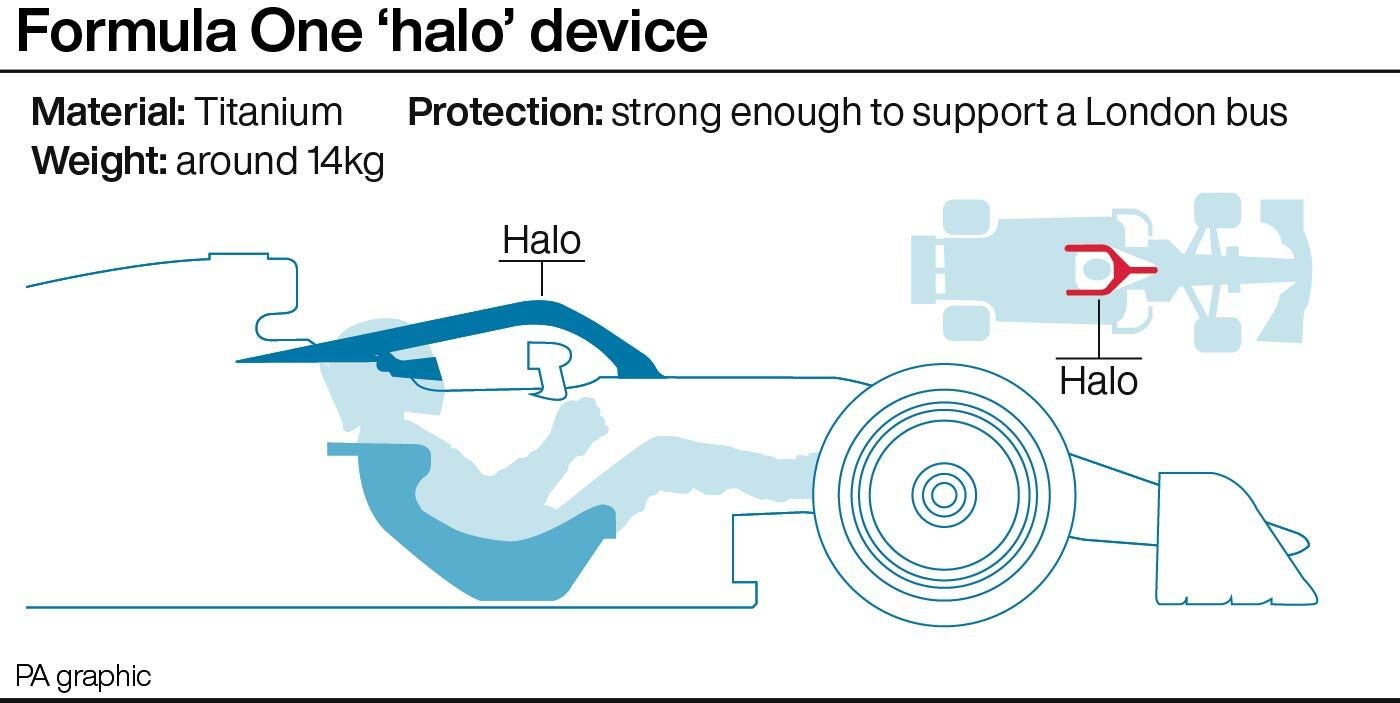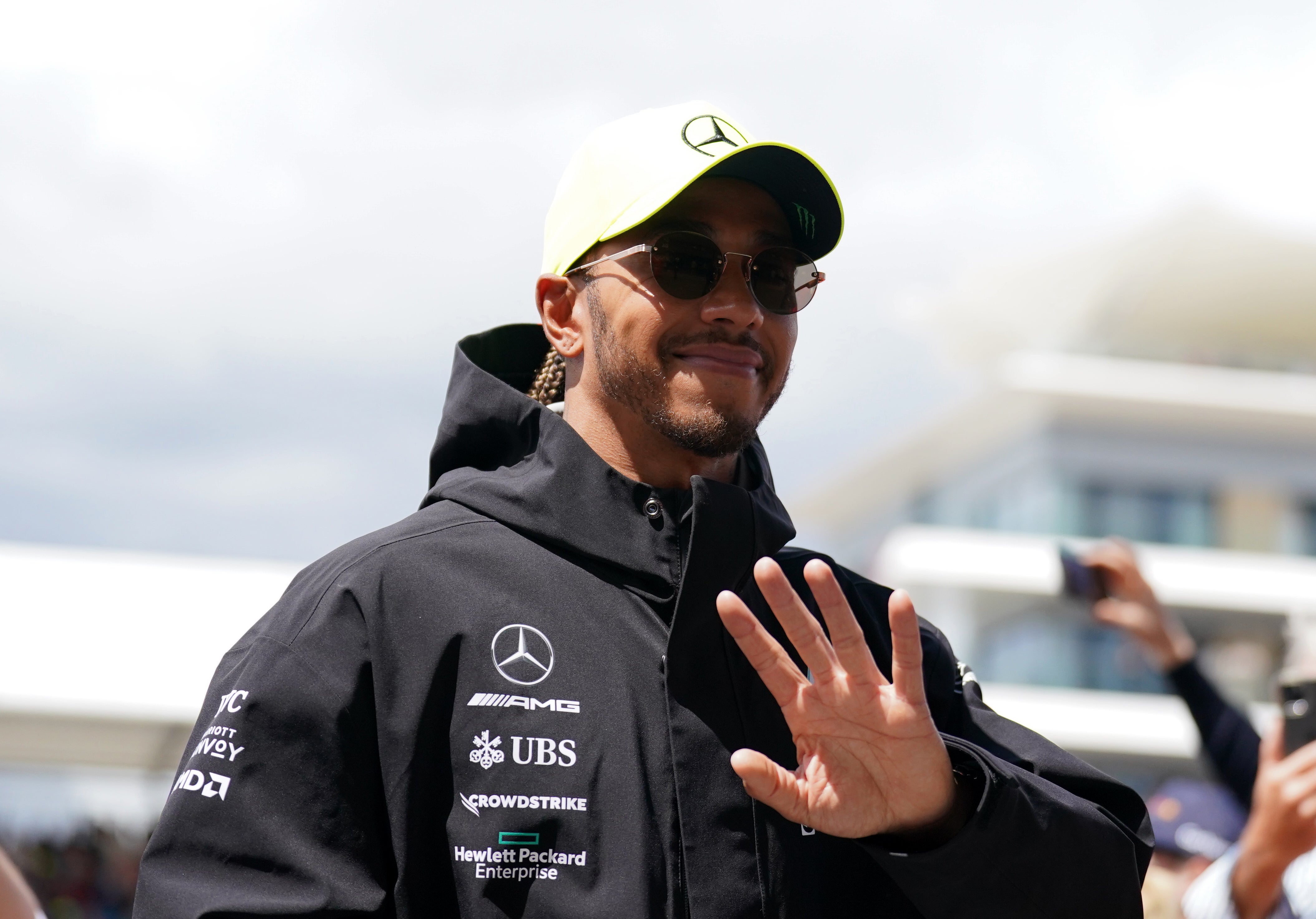What is the ‘halo’ safety device that saved Zhou Guanyu at British Grand Prix?
The Chinese driver was involved in a terrifying first-corner crash at Silverstone on Sunday
Chinese driver Zhou Guanyu credited the ‘halo’ for keeping him alive following his harrowing first-corner crash at Sunday’s British Grand Prix.
Here we take a closer look at the Formula One’s cockpit protection device.
What is the ‘halo’?

A three-pronged titanium safety device which sits above the driver’s head. It is covered with carbon fibre and weighs seven kilograms.
The halo’s job is to absorb a huge impact and to protect the driver from severe head trauma. Remarkably, it can take the weight of a London double decker bus.
When was it introduced?
The FIA accelerated its safety programme following the deaths of Henry Surtees in a Formula Two race in 2009 and Justin Wilson at an IndyCar event in 2015. Both drivers were killed after being struck on the head by debris from other cars.
The halo was first trialled in F1 in 2016 before it became mandatory in the sport two years later.
Did it face opposition?

Yes. A number of high-profile figures within the sport were against it, largely on aesthetic grounds. In 2016, Lewis Hamilton described the halo as the “worst looking modification in Formula One history” and said he would not use it on his car if it was enforced.
At his team’s car launch in 2018, Mercedes team principal Toto Wolff said: “I’m not impressed with the whole thing and if you give me a chainsaw I would take it off.”
But has it worked?
After Zhou emerged unscathed from his terrifying ordeal at Silverstone, the halo has now been credited with saving as many as four F1 drivers.
Charles Leclerc walked away from a first-corner collision at the 2018 Belgian Grand Prix which saw Fernando Alonso’s McLaren land on his Sauber.
The halo was also lauded for protecting Romain Grosjean in his fireball crash at the 2020 Bahrain Grand Prix, while Hamilton avoided injury when Max Verstappen’s Red Bull sat on top of his Mercedes at last year’s race in Monza. Speaking afterwards, Hamilton said: “Thank God for the halo which saved me, and saved my neck.”
In the hours after Zhou’s accident, former FIA president Jean Todt tweeted: “Glad I followed my convictions in imposing the halo, despite a strong opposition.”
Join our commenting forum
Join thought-provoking conversations, follow other Independent readers and see their replies
Comments
Bookmark popover
Removed from bookmarks